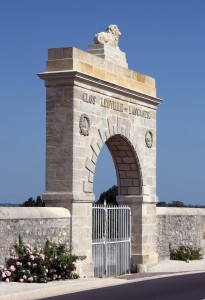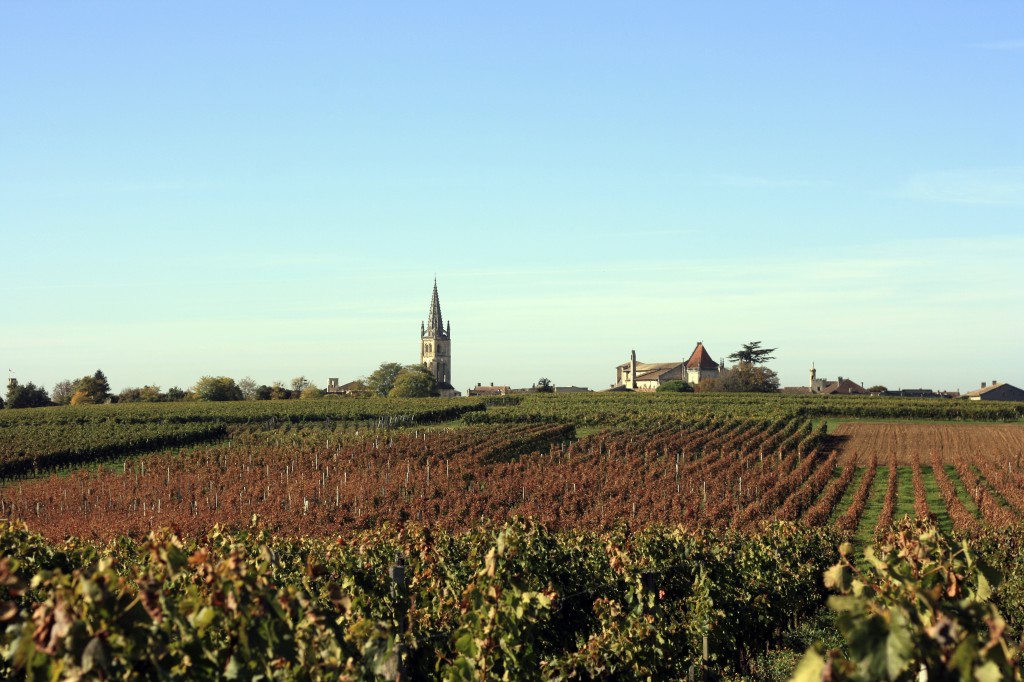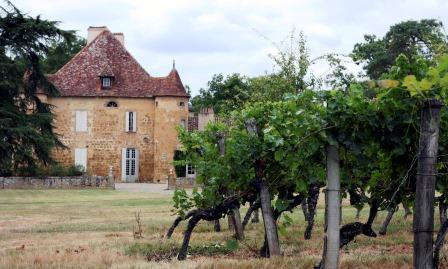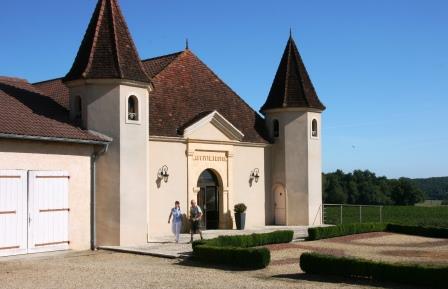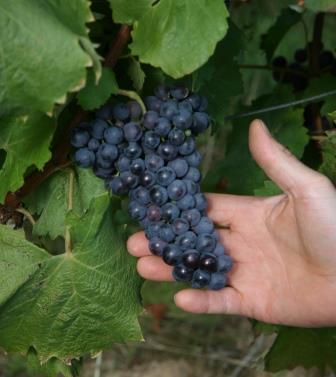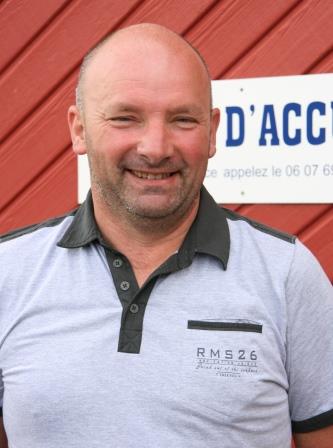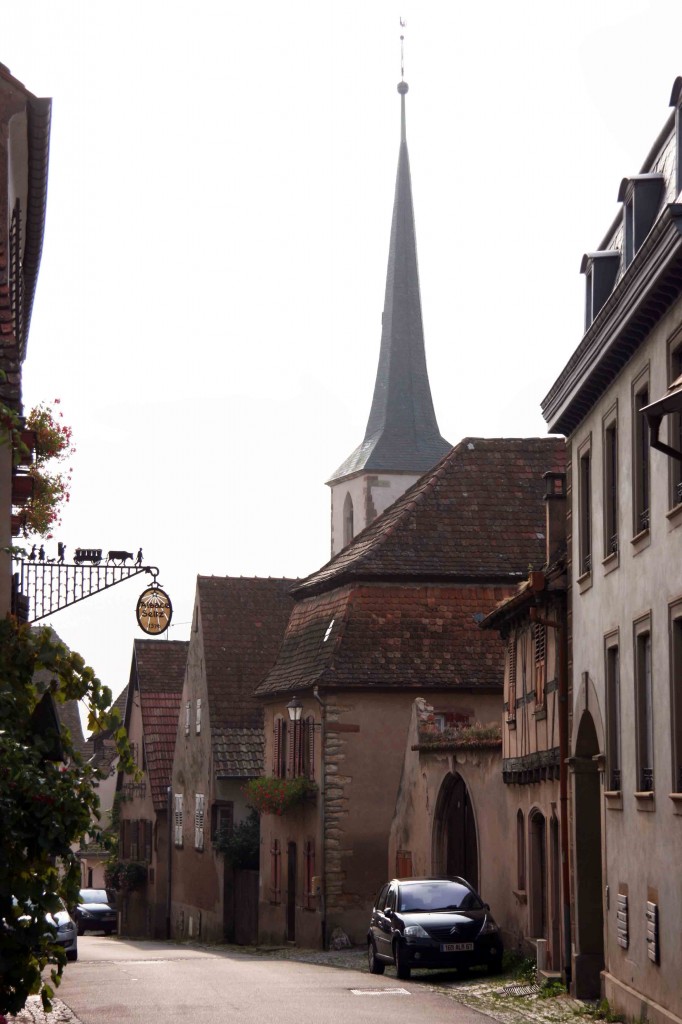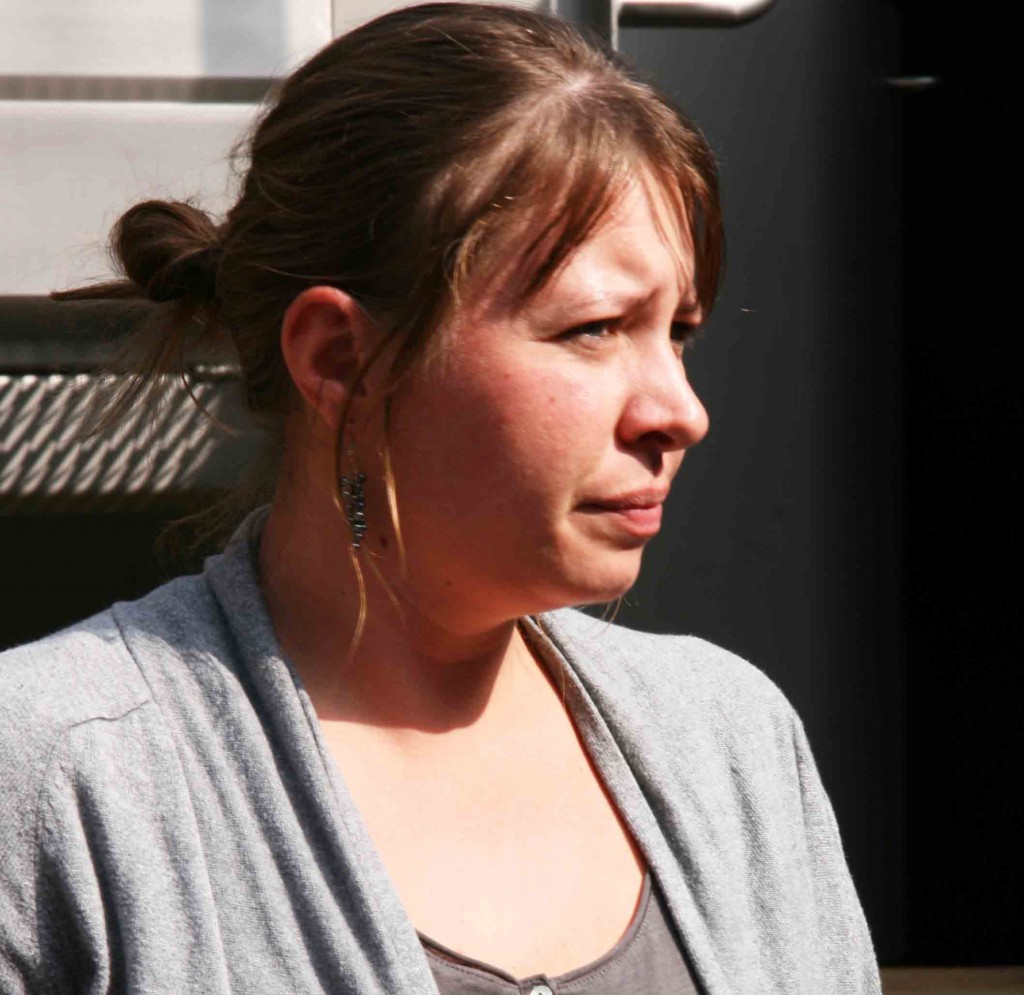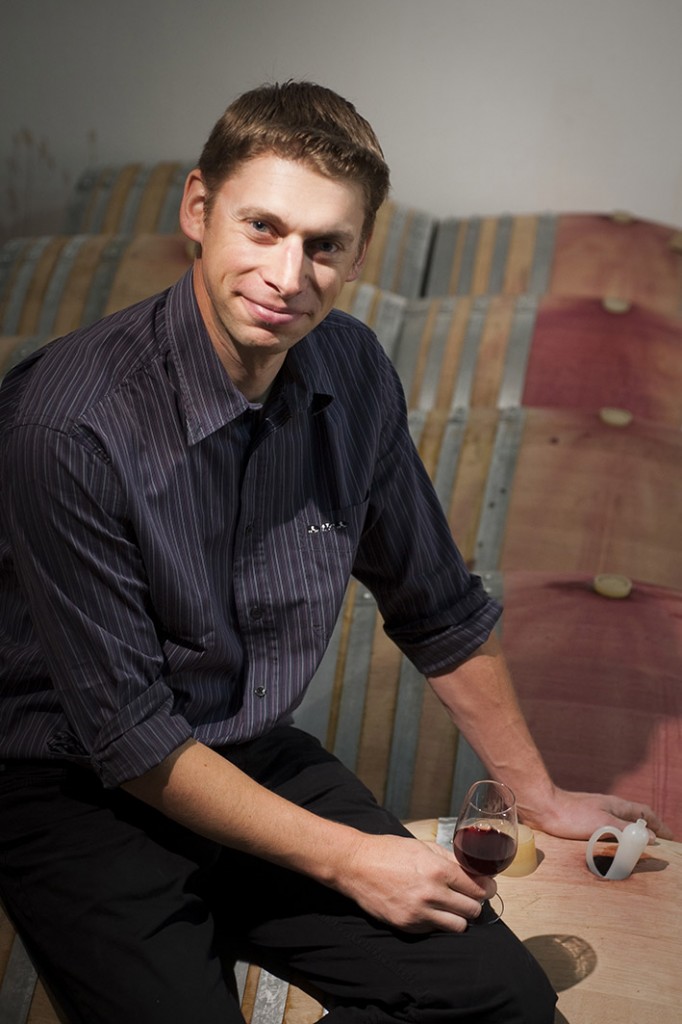Alsace: some general observations in the context of the AWE trip supported by CIVA, July 2015The fact that Alsace is one of the most privileged wine regions in the world and is capable of making some correspondingly magnificent wine is not appreciated by the majority of British wine drinkers. But their ignorance is largely forgivable; the bulk of Alsace wine merits a reputation no greater than of just being pleasantly fruity. The purpose of the visit by members of the Association of Wine Educators in July 2015 was therefore to better understand the rich potential of the region through a special focus on some of its brightest and most thoughtful winemakers, and to discover how the quality of their wines relates to that of the better merchant houses and co-operatives. My purpose here, though, is not to assess that directly, but to try and put what we saw and tasted into a wider context, seasoned by a few more personal reflections.
Alsace’s Natural Advantages
Alsace is not a very large wine region, with around 15,500 hectares under vine, but it offers a plethora of top class site and soils types unequalled anywhere else in the world of commercial viticulture. The eastern slopes of the Vosges, with the myriad of smaller ridges and valleys running into them offers a bewildering variety of site and slope, for more complex for example, that anything to be found in Burgundy or the Rhône Valley. Coupled with this is an extraordinary geological diversity that encompasses, granite, schist, greywacke, metamorphic conglomerates, sandstones, limestone, flint, gypsum, clay and marl (of various kinds), sand, loess, and both glacial and alluvial gravels.
All this would, of course, be little worth if Alsace were not also blessed with highly favourable climate for quality grape production. It is the most continental of any French region. The Vosges form a highly effective rain shadow, which means that the annual rainfall in Colmar is just about 600mm (well spread out over the year, but slightly higher during the growing season). The average summer high temperature in July and August is around 26C, but with a marked diurnal range. The annual total of sunshine hours of around 1800 is not especially high, but is more than adequate.
The grape varieties of Alsace are, by and large, appropriate to its climate and multiplicity of site types. Riesling is Alsace’s greatest asset and the area of its planting has risen steadily since the Second World War. The top wines provide a noble and powerful expression of their terroir, but those from over-cropped sites on the plain are little more than simply fruity.
Sylvaner has declined markedly over the same period, notwithstanding the convincing efforts of some to show that with restricted yields on the right site it can create something of beauty.
Gewurztraminer holds steady and can be magnificent. Muscat, both Ottonel and Petits Grains (Muscat d’Alsace) remains a largely misunderstood minority interest, though Olivier Humbrecht showed just how superb and age-worthy the latter can be if handled properly. A dry Muscat 1981 from the Grand Cru Goldert was intense, complex and remarkably fresh.
Pinot Noir is often disappointing, sometimes good, occasionally very good, but rarely outstanding. Alsace has ideal conditions for great Pinot Noir, but it is seldom planted anywhere near the best sites. Many growers do not seem able to get the best out of it and some that do tend to spoil it by a rather misplaced enthusiasm for new oak. Olivier Humbrecht put the quest for the perfect Pinot into context: ‘Find me a better Gewurztraminer outside Alsace, that’s a challenge. A better Pinot Noir outside Alsace is not a challenge.’ He reserves his best sites for Riesling andGewurztraminer, and yet wonders that if a red wine must be made, some warm, granitic sites might better suit Syrah. Of course, much Pinot Noir disappears to very good effect into Crémant.
Alsace is still the source of the world’s finest, richest, most extravagantly complex and exciting Pinot Gris, even if much of it fails to scale such heights. Pinot Blanc, however, is a conundrum. Most of it forms the very adequate base material for Crémant (around 56% of the total), but sparkling or not, most of it, of course, is not Pinot Blanc at all but Auxerrois. As with Pinot Noir, a few inspired growers show the heights to which both, unrelated varieties are capable. Some old plots are co-plantations of both Auxerrois and Pinot Blanc, but it is surely time for Alsace to stop being shy about Auxerrois and call it what it is. There’s no need to be ashamed of it.
Although co-plantations and field blends attract a lot of critical attention, probably because of the advocacy of Marcel Deiss and some other high-profile growers, there is little evidence that they will catch on more widely, nor, I suspect, will some of the new experiments of oaked, Pinot-based, dry wines bearing village appellations, even though some of them are actually rather good as Guillaume Mochel and Agathe Bursin both showed.
The bind of residual sugar and the lack of explicit labelling continue to irritate UK critics. Most other markets seem far more relaxed about this issue. A plague on both camps. It is surely perverse to not indicate that a wine such as Meyer-Fonné’s delicious Pinot Gris, Hinterburg de Katzenthal not a wine tasted by the AWE group) might contain almost as much sugar as a Vendanges Tardives wine, and its is equally silly to balk at 7 or 8 grams of sugar in a supposedly ‘dry’ Alsace Riesling, when some much-lauded New Zealand Riesling has more. The best growers (including, of course, Felix Meyer), are rightly more concerned about balance in their wines and regard sugar along with acidity and fruit character as a legitimate building block of this.
Problems facing Alsace wine growers
True Vendanges Tardives and even more, Sélection des Grains Nobles wines are becoming rare. The last three vintages have provided far from ideal conditions for them. Weather more than climate has been more of a problem in recent years. Autumn rainfall has frustrated growers hoping to make late harvest wines and more generally, the fast onset of grey rot has meant hasty harvests with the need for rigorous selection. Meanwhile, lack of rainfall in the early season, not least in 2015, has led to water stress.
Alsace has largely if not entirely escaped the devastating hail storms that have so significantly reduced Burgundy’s crop in recent seasons, but the arrival of drosophila suzukii in 2014 was just as catastrophic, especially for growers of dark-skinned varieties because it facilitated the rapid spread of rot. The level of losses varied greatly across the region, but black clones of Muscat d’Alsace, Pinot Gris, Pinot Noir and Gewurztraminer all suffered.
Trunk disease, especially Esca is rampant, and although some growers hold that it may be contained to an extent by changes to their pruning regime, especially in winter and more specifically by adopting the Guyot-Poussard method, which seeks to reduce the number of large wounds and to adopt a common ‘sap route’ from one season to the next. Losses from trunk disease, however, are most marked amongst mature vines at the apex of their productive life.
Finally, some growers in Alsace have come to regret an enthusiasm for rootstock 160-49C, which has become unexpectedly prone to premature withering. Suitable replacements are not obvious and some quality-minded producers have even resorted to SO4, arguing that its vigour may be controlled by trellising, training, in tandem with a desire to keep yields lower than once was common in Alsace.
Key trends in the Alsace wine industry
While the number of growers has fallen dramatically from around 12,000 in 1969 to 4,200 in 2014, the balance of power in the trade has barely shifted over the last forty years: 20% is sold by vignerons indépendants; 39% by producteurs-négociants and 41% by co-ops. Meanwhile, the amount of land under vine has risen markedly 9,441 ha in 1969 to around 15,545 in 2014. The effect of this has been to further emphasize the significance of a relatively small handful of high-volume producers, 200 of whom are responsible for 89% of the volume of Alsace wine. As much as ever before they represent the face and character of Alsace wine on the domestic and export markets. Overall exports of Alsace wine at 27% of volume represents a higher proportion of sales than the Loire Valley though a little less than that of the Rhône.
Over the last two generations the main story in Alsace has not been so much the concentration of production in fewer hands, nor of the demise of Sylvaner in the vineyard, but the apparently inexorable increase in the production of Crémant, from barely 6 thousand hl in 1977 to over 271 thousand hl in 2014: 26.8% of the total production. This is the main reason why the Pinot varieties have also increased their profile in the vineyard. Crémant ranks only behind Champagne in sales on the French domestic market at around 30% of the total market excluding Champagne, though it still falls well below the Loire Valley appellations in terms of total production.
Another striking feature of Alsace is the number of growers (281) dedicated to organic viticulture, including 21% of all vignerons indépendants. This represents 14.2% of the Alsace vineyard in production or conversion, a near fourfold increase in a little over ten years and a proportion twice the national average. Many other growers openly practise an organic regime but withoutseeking certification.
What next?
Alsace wines are marketed in the UK as ‘terroir-driven wines with pure fruit expression.’ With ‘authenticity, elegance and balanced fruit flavours’ (www.alsacewines.co.uk). At their best they are much more interesting as I hope the various reports on individual producers reveal. But the nature of the trade structure is unlikely to change and the now familiar pattern of relatively cheap and cheerful wines versus a minority of extraordinarily fine seems certain to persist. The proportion of sales of Grand Cru wines is, of course small (around 4% of production). It remains to be seen whether or not the proposed addition of Premiers Crus will make it easier for those who have already discovered the delights of Alsace wine to explore more of their diversity, or whether it will just serve to confuse. The very real conundrum for Alsace is that is that is has such a simple appellation regime, coupled with easy to understand labelling, and yet makes such an astonishingly subtle variety of wine styles.
Crémant provides a quite different story. In late June I was privileged to attend a blind tasting of 26 Crémants organised by a leading tasting group, made up of wine professionals and experienced amateurs. I was impressed by the overall quality, but surprised how well the wine made by the big houses and co-ops showed. The top independent growers did not shine as I had expected, or as they might have done in a flight of still wines. In the production of high-quality sparkling wine, a certain economy of scale may be an advantage. But Crémant d’Alsace is rarely seen in the UK. I asked Nicolas Garde of the Cave de Hunawihr why this is so. He muttered the answer I fully expected: ‘Prosecco!’ What a shame.
